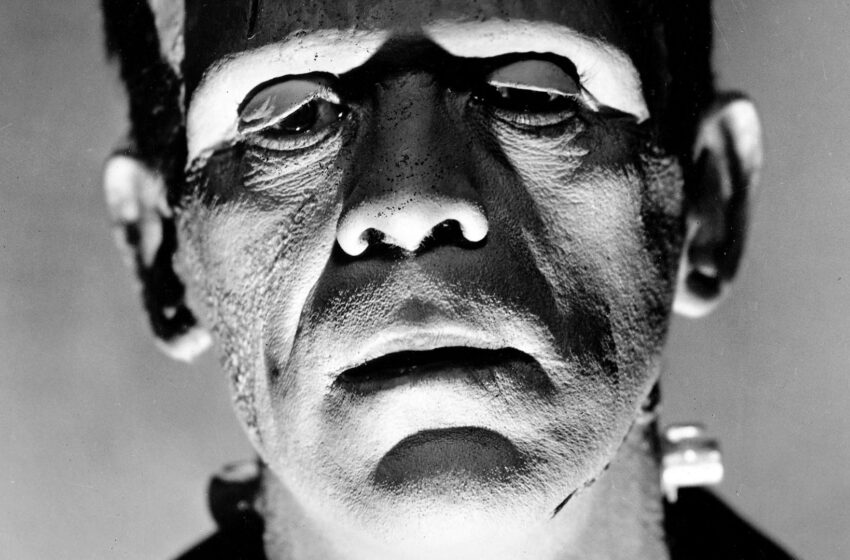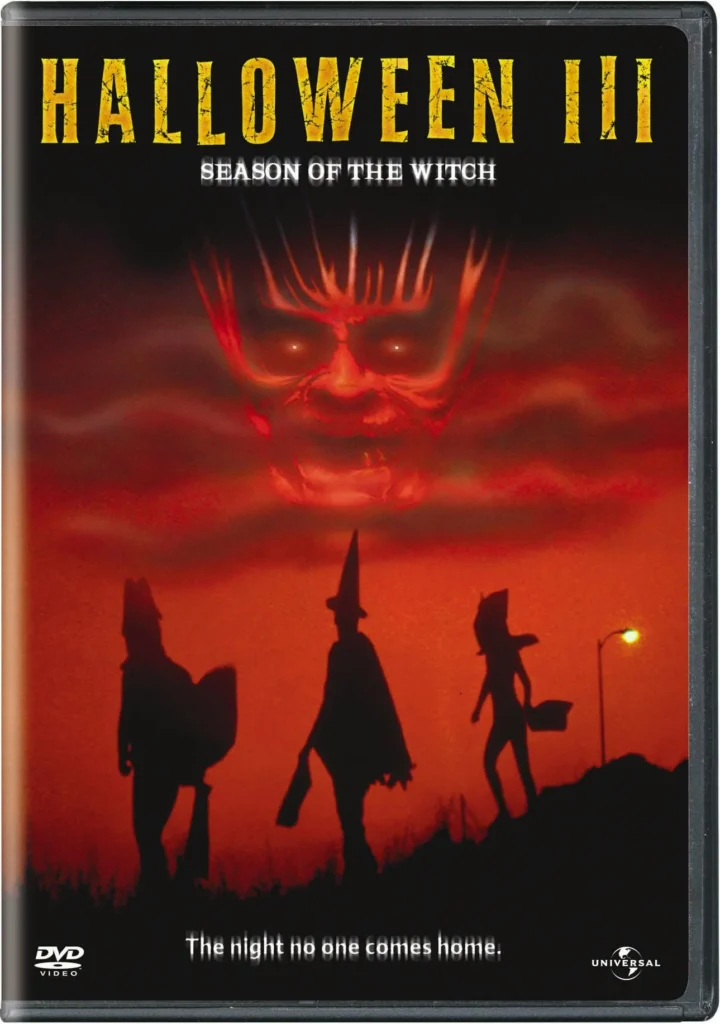
“Frankenstein” (1931): Cinematic Birth of a Monster and Modern Prometheus – Review

1931’s “Frankenstein,” directed by James Whale, is an indomitable pillar in the canon of horror cinema. Adapted from Mary Shelley’s 1818 novel “Frankenstein; or, The Modern Prometheus” and Peggy Webling’s play, Universal’s take on the tragic tale of a man and his monstrous creation is a masterclass in atmospheric film-making. It blends profound themes of scientific ethics, the nature of humanity, and the consequences of playing God.
Behind-the-Scenes Intricacies:
It’s fascinating to dive into the genesis of “Frankenstein.” Before Whale took the helm, Robert Florey was tapped to direct, with Bela Lugosi (of “Dracula” fame) intended to play the monster. However, disagreements over characterization and makeup led to a switch in direction. In comes James Whale, bringing his distinct vision to the project.
Jack Pierce’s makeup design for Boris Karloff’s Monster is nothing short of iconic. This look — the flat head, heavy eyelids, and neck bolts — diverges from Shelley’s textual description but has become the de facto appearance in the collective consciousness. The labor-intensive process to achieve the Monster’s makeup, taking several hours daily, is a testament to Karloff’s dedication and Pierce’s unparalleled artistry.
Karloff’s Monster — A Silent Despair:
Boris Karloff’s portrayal of Frankenstein’s Monster is at once heartbreaking and terrifying. Bereft of speech, the Monster communicates a world of emotion through his eyes, movements, and gestures. He isn’t a malevolent creature by design but becomes one due to societal rejection and mistreatment. One of the film’s most poignant scenes involves the Monster playing with a little girl beside a lake, showcasing his innate innocence. The tragic turn this interaction takes is emblematic of the Monster’s existence — unintended consequences born from misunderstood actions.
Scientific Ambition and its Ramifications:
Dr. Henry Frankenstein, played with an intense fervor by Colin Clive, is the epitome of unrestrained ambition. His obsession with creating life blinds him to the ethical quandaries of his endeavors. “It’s alive! It’s alive!” — his ecstatic exclamation upon the Monster’s animation — underscores a critical theme of the narrative: Just because science allows us to do something, should we?
A Dark, Atmospheric Canvas:
James Whale’s direction ensures that the film is drenched in gothic atmosphere. From the eerie landscapes to the foreboding architecture of Frankenstein’s castle, every element is designed to create a sense of unease. The stark contrast in lighting, a nod to German Expressionist cinema, heightens the sense of drama and accentuates the internal struggles of the characters.
Societal Rejection and Fear of the ‘Other’:
At its core, “Frankenstein” delves deep into society’s fear of the unknown and its treatment of the ‘other.’ The Monster, a patchwork of human parts, seeks acceptance and understanding but is met with fear and aggression. This theme is heartbreakingly encapsulated in scenes of the Monster being chased by torch-wielding villagers, a visceral manifestation of society’s instinct to destroy what it doesn’t understand.
Conclusion:
“Frankenstein” is not merely a horror film but a rich tapestry of themes that are as relevant today as they were in 1931. It forces the viewer to confront challenging questions about the limits of scientific exploration and the ethical implications of creation. While the film diverges from Mary Shelley’s novel in various ways, it captures its spirit, focusing on humanity’s perpetual struggle with ambition, responsibility, and acceptance.
Whale’s “Frankenstein” is a testament to the power of cinema — it entertains, terrifies, and makes us introspect. As the Monster lumbers through the fog-shrouded landscapes, he carries with him not just the scars of his creation but also the weight of our collective fears and prejudices. A must-watch for anyone interested in the intersections of horror, philosophy, and societal critique.




